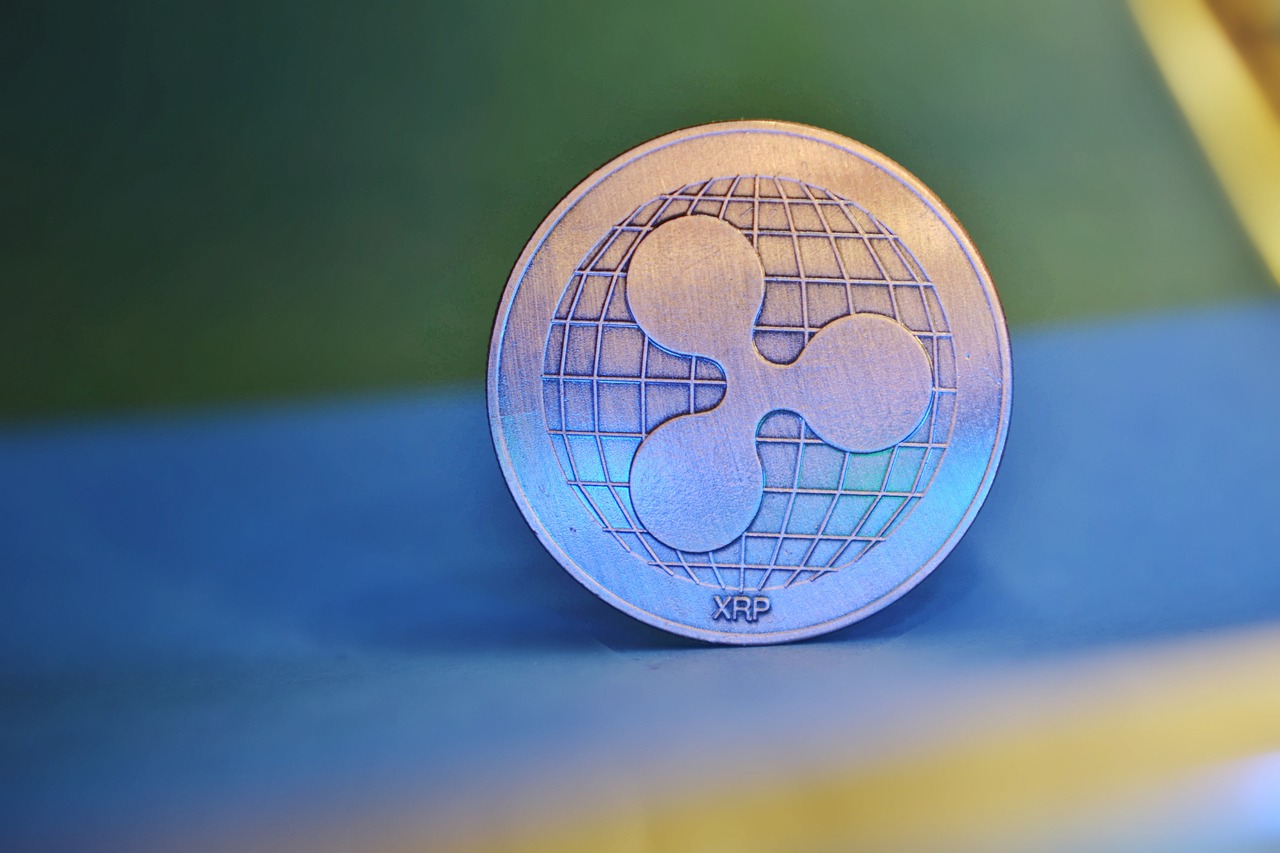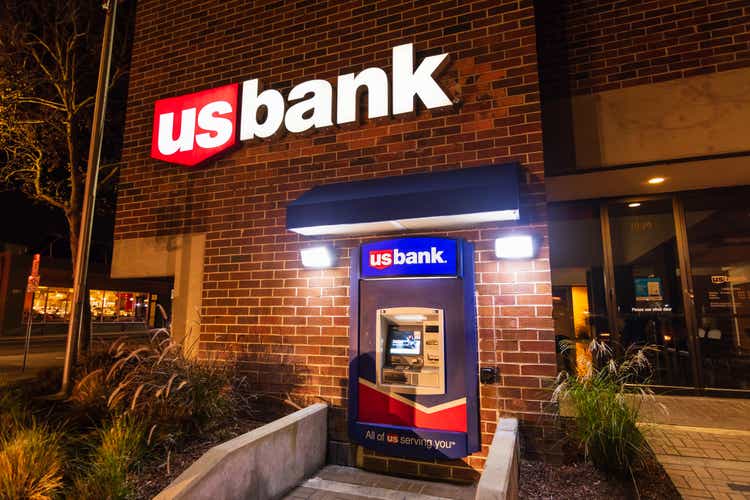Welcome to Future of Finance, where Fortune asks prominent people at major companies about their jobs, how their firm fits into the crypto ecosystem, and what this all means for how we use money.
Mathew McDermott is a managing director at Goldman Sachs, where, after nine years at Morgan Stanley, he’s spent more than 17 years and now runs the firm’s digital assets division.
In November, Goldman launched Datonomy, which it described as “a new framework for the classification of digital assets,” and which McDermott says has generated “a lot of interest.” In a recent interview with Fortune from London, he explained how blockchain and the tech behind it will have massive effects not just for clients but for the firm itself, which oversees roughly $2.5 trillion in assets.
(This interview has been edited for length and clarity.)
When people ask, “What do you do?” and you say, “I’m at Goldman,” well, what do you do at Goldman?
Well, globally, I head the digital asset business at Goldman Sachs. The way that I describe it is, we look to use the underlying technology to transform the way these kinds of assets are issued, traded, and then looked after post-trade—what the components are, and the online technology we use in looking to re-architect the ways financial markets operate. So repo, securities, finance, collateralizing, derivatives, intraday repo—it’s really kind of just identifying commercial opportunities using the underlying technologies.
You were at Goldman about 12 years before you started running the digital assets side. What drew you to the opportunity?
To me, it’s the positive impact this technology could have on many of these markets, which have been relying on technology that’s been around for many years, in a really profound way, not only for Goldman, but for the market more broadly. So when I was asked to take over the business and given the ability to create a strategy for digital assets, it was unbelievably exciting. Naturally, I saw a significant opportunity, and beyond that it got me even more interested in the space after separately following these markets more broadly from a personal perspective. So, yeah, it was just a very interesting time.
Your CEO loves saying “Goldman’s not a bank, we’re a technology firm.” So in a lot of ways, gaining this sort of foothold is just the next logical step, right?
As you look at certain markets, I think having the ability to try and redefine the way that they operate, that can actually create revenue opportunities and can actually make things more efficient, reduce risks—you know, that’s pretty compelling.
The situation in the U.S. is bad from a regulatory point of view. There’s the MiCA regime in Europe, and Dubai and Singapore and Hong Kong are coming along. Is crypto really going to be viable if it doesn’t have a home at all in the U.S.?
Far be it for me to say. If nothing else, crypto has proved itself to be exceedingly resilient, given what it’s faced in terms of challenges over its entire life, which is still relatively short. But I think of the use of the underlying technology, which is primarily where I spend my day—I can’t trade cryptocurrencies as we don’t hold tokens on our balance sheet—and I’ve been super excited by the breadth of the financial market that’s really gravitated to this space. The sell side, the buy side.
If you think of all kinds of major asset managers, pretty much everyone has a digital asset strategy. I think the U.S. is obviously taking a slightly different approach at the moment, but I kind of remain optimistic that they will pivot at some point.
It’s been about six months since launching Datonomy. How has that worked out? Can you share some highlights?
For those less familiar, that’s a digital asset taxonomy that we have developed in conjunction with MSCI and Coin Metrics, and it’s done everything we’ve expected it to—we’ve had a lot of interest. Now, we’re actually working with a variety of different clients in terms of thinking through potential indices, licenses for people to actually use the data.
One of the key drivers for us in creating this was to give people the granularity to understand different tokens and, you know, look for the top 150 to 200, at any given time, to enable them as they think through the investment to really delve into that they want to invest in—what kind of smart contracts, which tokens they should be looking at, or should they be looking at a stablecoin.
When it comes to maximizing these efficiencies, how much is for clients but also how much is for Goldman? How is using blockchain and similar tech helping do your jobs even better?
I think it’s a really good question. We’ve spent a lot of time recently talking, in closed sessions with regulators and central bankers and the like, but I think commercially that sometimes it gets a little lost on people. But there are two real core areas: first, the tokenization and digitizing the lifecycle of different asset classes. It’s about creating efficiencies from inception—from issuance through post-trade—and we see a huge value opportunity there when it manifests itself at scale.
The second area, which kind of answers your question, is collateral mobility. A lot of the systems we use are probably as old as me, and there are inefficiencies in those. In the movement of collateral from one custodian to another, you can’t be as precise as one would like, in terms of liquidity, which creates inefficiencies. There are certain risk profiles and trades you can totally transform through the use of DLT because of that precision, that settlement finality.
The story of crypto, for many, is more of a lone-wolf view—everything’s decentralized—but I’m seeing more and more TradFi firms figuring out ways to implement this tech—and more quickly. Is that a fair generalization? Or is it still a little early to say the big guys are going to win again?
Ideologically, the institutions that looked at this technology are using it for different purposes. As you think about what options you have, in terms of using the underlying technology, you have private permission, which ostensibly is a glorified database, you have public permission, and then you have permissionless.
There are those—even journalists, kind of naturally—probably very focused on just opening up and creating a more democratized kind of marketplace. But I think we’ve seen what’s happened when there’s no regulations—people do conduct themselves in a way that just isn’t appropriate for a multitrillion-dollar marketplace. I firmly believe it’s intuitive. If you’ve laid the foundations and showcase how this technology can be hugely positive to everyone because it can bring down costs, you can be more efficient with key resources, and you can actually create a decentralized marketplace.
For what it’s worth, U.S. banks are typically focussed on the private blockchains at the moment. In client discussions, that tends to be where they want to play because of the control, privacy, security, KYC, all the things you’d expect.
I think as people get more familiar with the technology, they’ll see the value that it adds. Web3 is all about empowering the individual, and I genuinely believe one of the biggest beneficiaries of this technology is going to be wealth management clients and family offices, because they’re going to get greater access to investment opportunities. There will just be more liquidity in the market because you’re going to start seeing different marketplaces emerge.
As public blockchains improve—there’s probably a nicer way to put it, as they mature—and people get more comfortable with them, opportunities will present themselves. I do think it’s, probably, a few years away, but I think that’s the way it really has to evolve, for regulators and institutions to be completely comfortable with it.
When you say a few years down the road, do you mean two or five or 10? And is there a milestone, a key point before the next key point?
I don’t think there’s going to be a definitive line in the sand that we hit and suddenly everyone will open up. But DeFi marketplaces continue to evolve. There’s some impressive technology in some of these liquidity protocols—and much beyond that. That could add an interesting dimension to the marketplace. It can, commercially, showcase that this technology is transformative. People evolve and can create the kind of robustness that makes regulators comfortable. But is that two years away? No. Is it five years away? Possibly.
Are there too many blockchains out there? Would the industry be better off just focussing more on Ethereum and Bitcoin, and one or two others, rather than everyone starting their own project and issuing tokens?
I don’t have a strong view either way. Ethereum and Bitcoin have proven themselves to be remarkably resilient. There are some very interesting others that have unique features, but I think, over time, they will probably consolidate—but it’s difficult to say which ones those will be. They’ll probably coalesce around a number of them where there will be clear interoperability between them all. I don’t think there are going to be tens and tens of them—it will probably be a small cohort.
What does this mean for the future of finance?
I would say huge swaths of the financial market transactions will be on blockchain—I’d say that just keep my job. [Laughs] But I genuinely believe the blockchain technology will have a profound impact—maybe not necessarily on every single kind of marketplace, but on huge swaths because of its hugely positive features, the efficiencies, the revenue opportunities.
I look over just the last three years that I’ve been involved in this market: We’ve gone from a place where there were no regulations—people weren’t even interested in talking about it—to actually getting proper regulations, actually getting real clarity. If we see the same speed of change as the last three years, in three years, I think it’ll be a profoundly different financial system.
















